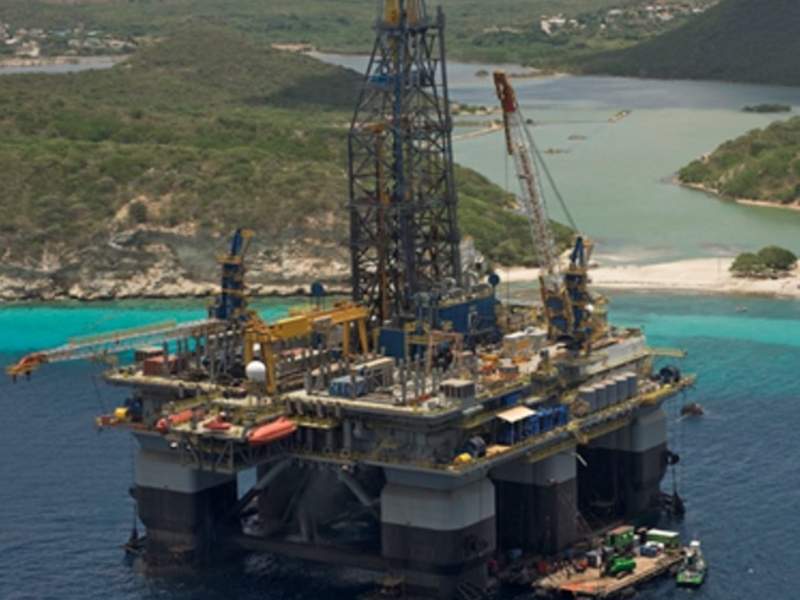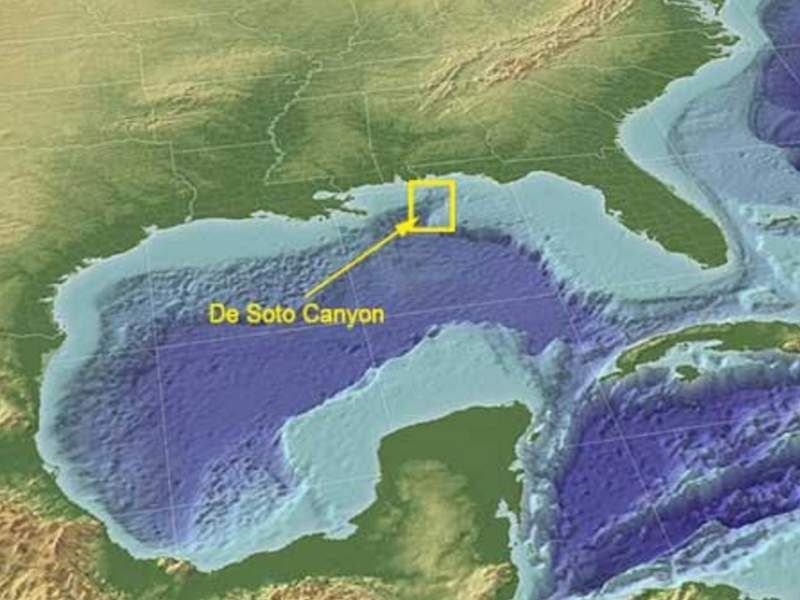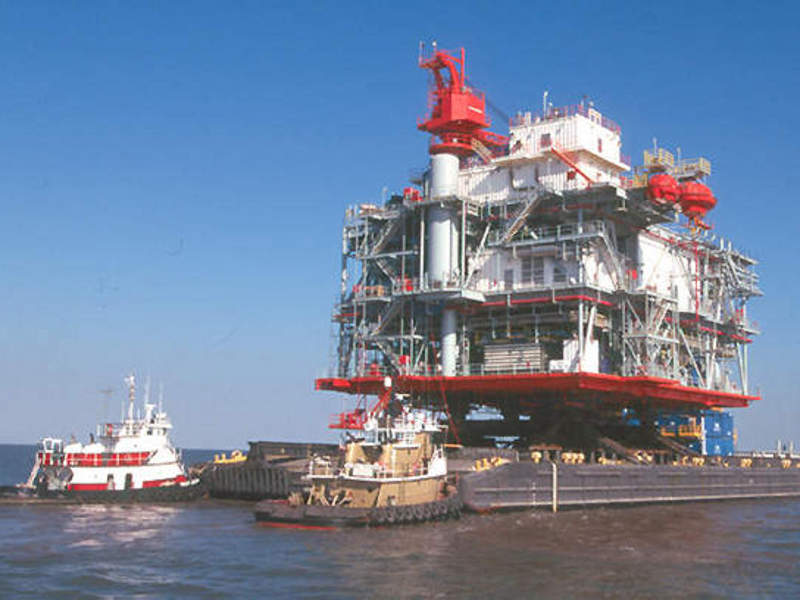
Dalmatian oil and gas field is located on the DeSoto Canyon blocks 4, 48 and 134 in the Gulf of Mexico, US. The field lies in a water depth of 6,400ft, and has been in production since April 2014.
Murphy Oil Corporation currently holds 70% working interest in the field and is the operator, and the project site consists of the Dalmatian field in Block 48, Dalmatian North in Block 47 and 48, and Dalmatian South on Block 134.
The field is currently producing at the rate of 3,700 barrels of oil equivalent a day (boe/d).
Murphy Oil has initiated a project to install a multi-phase boosting system at the field to improve recovery, which is expected to be completed in 2018.
Exploration and appraisal at Dalmatian field
Dalmatian was discovered in 2008 with the drilling of an exploration well by the Ocean Confidence semi-submersible rig. The well was drilled to a depth of 5,900ft and encountered 120ft of high natural gas play.
The Dalmatian North field was then drilled by the Ocean Confidence semi-submersible rig to a depth of 13,195ft in April 2010 encountering 156ft of oil pay in three zones.
Dalmatian South field was subsequently discovered in September 2012 by the DC 134 well-1, drilled by the Noble Jim Day semi-submersible to a depth of 6,394ft. The field lies 6mi (9.65km) south-west of the Dalmatian field, and is spread over an area of 5,760 acre (23.3km²) at a depth of 1,950m.
A second well was later spud at the Dalmatian South field in the third quarter of 2015, and the exploration well encountered commercial hydrocarbons in two separate zones.
Development and infrastructure across the Dalmatian wells
First production was achieved from the Dalmatian and Dalmatian North wells at the rate of 9,500boe/d, and 60 million cubic feet a day (MMcf/d) of gas.
The wells were tied back to the Petronius deepwater compliant tower platform (CTP), located on the Viosca Knoll Block 786 and operated by Chevron.
Infrastructure included a gas riser, an oil riser, a 38km flowline and a 34km pipe-in-pipe flowline. A main subsea control umbilical, infield umbilical and flying leads were also installed as part of the development.
Two wells of the Dalmatian South field were also tied back to the Petronius tower, with the second well commencing production in December 2015. The tie-back required the installation of a 21km pipe-in-pipe flowline, two pipeline end terminals, vertical jumpers, and a control umbilical.
Details of the Petronius deepwater compliant tower platform
The Petronius CTP is part of the Petronius field operated Chevron, and is the world’s tallest freestanding structure, with the tip of its vent boom standing 2,000ft above the seafloor.
It also includes a 3,850t deck module, and uses flexible piling to provide resistance against hurricanes.
The tower stands in 1,754ft of water.
Multi-phase boosting system project at Dalmatian field
The multi-phase boosting system project will include the installation of topside and subsea controls, and a 35km integrated power and control umbilical tied back to the Petronius.
The project is being touted as one of the longest deepwater tiebacks in the offshore oil and gas industry.
Efficient and cost-effective tieback will ultimately improve oil and gas recovery at the field. The unique boosting system also does not involve any interface and design risks when compared to conventional subsea solutions.
Contractors involved
Aker solutions supplied control umbilicals and umbilical termination assemblies for the Dalmatian field.
Technip was responsible for installing the field infrastructure for the Dalmatian South tie-back.
Subsea Integration Alliance has been awarded the engineering, procurement, construction, installation and commissioning contract for the multi-phase boosting system. The alliance includes OneSubsea, Schlumberger, and Subsea 7.






